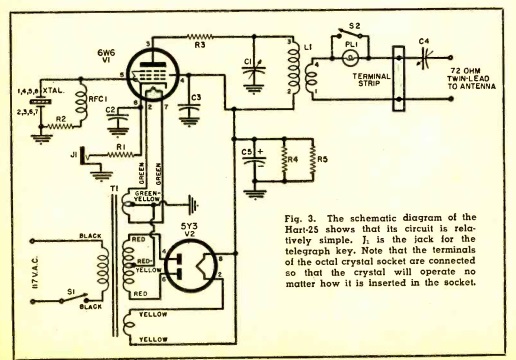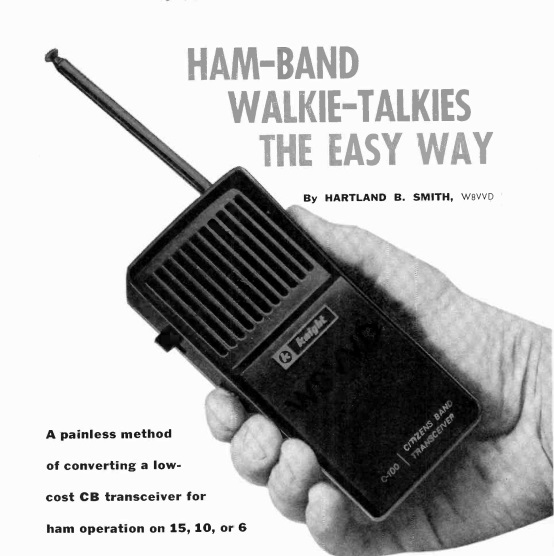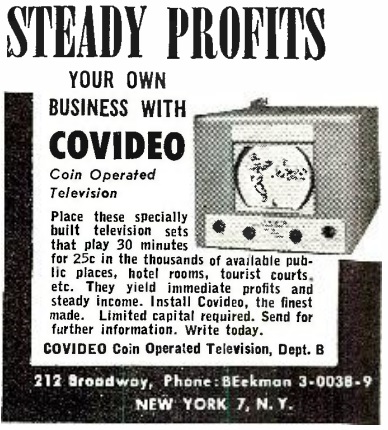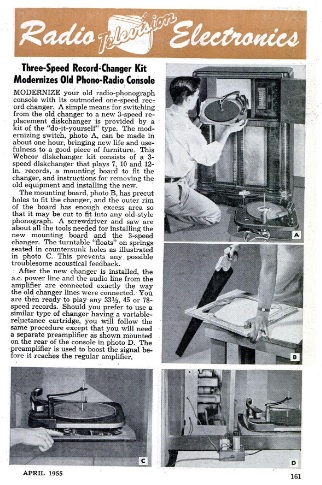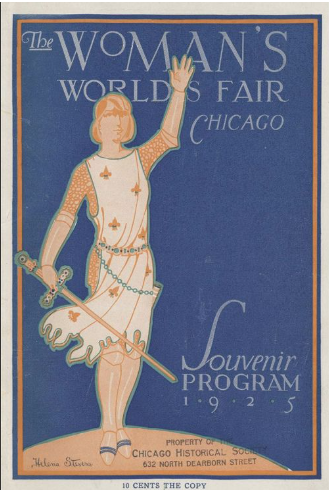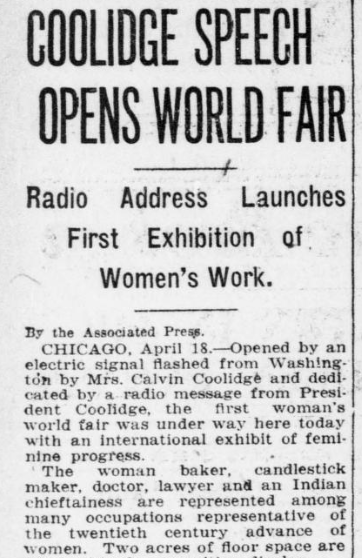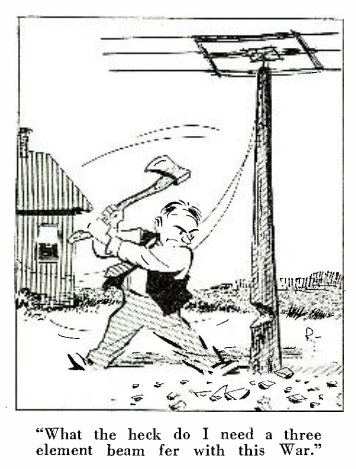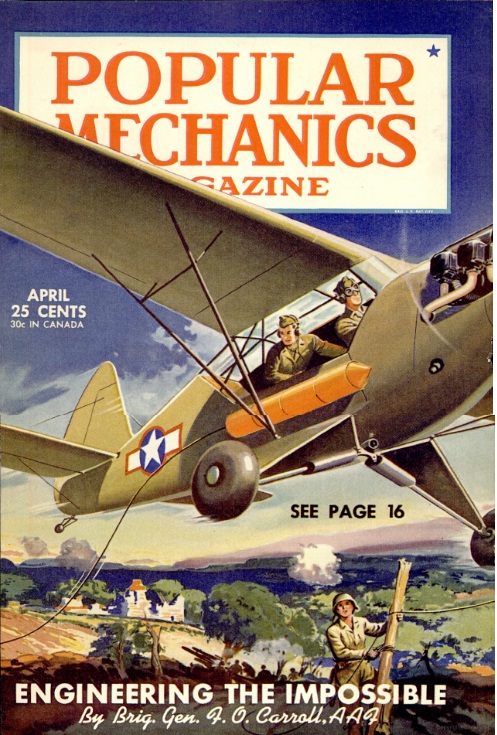 Seventy years ago this month, the April 1955 issue of Popular Electronics showed how to put together this simple two-tube (including rectifier) transmitter for the 80 and 40 meter bands. It was dubbed the Hart-25 and designed by Hartland Smith, W8VVD (later W8QX), whose later Hart-65 transmitter we’ve previously seen.
Seventy years ago this month, the April 1955 issue of Popular Electronics showed how to put together this simple two-tube (including rectifier) transmitter for the 80 and 40 meter bands. It was dubbed the Hart-25 and designed by Hartland Smith, W8VVD (later W8QX), whose later Hart-65 transmitter we’ve previously seen.
Smith was a prolific writer and kit designer, and you can find a number of his other projects on this site at this link.
This transmitter had about 25 watts input, and delivered about 9 watts to the antenna. Tune up was accomplished by observing a pilot light in series with the antenna while adjusting the output capacitor, as well as a trimmer in line with the antenna. There was a switch for shorting out the lamp. The article noted that you could turn it on occasionally to check the output, but it should be left shorted out most of the time, as it would consume power that would otherwise go to the antenna.
This video shows the transmitter in action:

